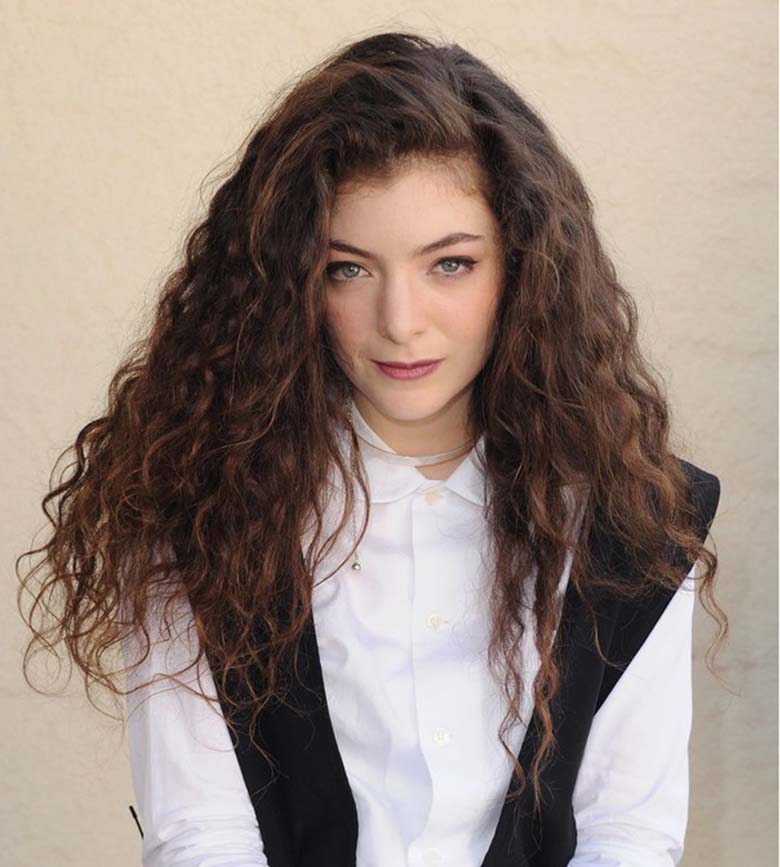![[feature]](https://blogger.googleusercontent.com/img/b/R29vZ2xl/AVvXsEjP-RdytWOhXiGdzytYFKgMtLPWCzkZKp9Wjq_lngusyFss-G8bYdtWJmb0YmLlgcOsxq2EFEO55jawLuQN-kedVAHcNkrzjPOcnH4SneFZm19RIMoWKn2szd8dqlgqQ8GON7ys_7dq9kTr/s1600/Know_Your_Curl_Pattern_890x496_08.jpg)
We feel you. Decoding your curl
type can be confusing. Several different textures can exist on one head
alone, which all have to somehow look cohesive when you rock a style.
Plus, there's been some debate
as to whether the typing system, originally started by hairstylist
Andre Walker and modified by folks in the curly community, is divisive
or even too narrow. But controversy aside, many people have found that
even if it isn't perfect, it can be super useful in at least being able
to identify your curl pattern (or patterns) so you know where to start
when it comes to hair care.
It's a lot to think about, so we asked two industry texture pros to
break down some of the finer points of the texture typing categories.
Follow our easy tip sheet below (complete with recommendations for your
hair-care stash) to help you better ID your curl type.
[post_ads_2]
[post_ads_2]
Where to Start

Most textured gals have more than one type of pattern on their head, “so you may have a combination of, say, kinky, coily, wavy, and curly” adds François. To identify your curl shape and pattern (or patterns), “it’s best determined while your hair is sopping wet,” explains Anthony Dickey, the curl wizard behind the Hair Rules salon and brand. 1s are straight, 2s are wavy, 3s are curly, and 4s are coily.
The sub-classifications of A to C are based on the width or diameter of your wave, curl, or coil pattern. As have a wider pattern size, Bs medium, and Cs the smallest of the three. “The real beauty of identifying your hair type is that you’re better at understanding how to care for your texture so you can have more versatility,” says Dickey.
Type 2 (Wavy)
 |
| Illustration by Maria Asare-Boadi |
[post_ads_2]
2A
 |
| Getty Images |
2B
 |
| Getty Images |
[post_ads_2]
2C
 |
| Getty Images |
Dickey also recommends layering a leave-in conditioner under a mousse to lock in your hair's natural wave pattern while adding hydration. We like Suave Avocado & Olive Oil Leave-In Conditioner and Herbal Essences Bio:Renew Curl Defining Mousse.
Type 3 (Curly)
 |
| Illustration by Maria Asare-Boadi |
[post_ads_2]
3A
 |
| Getty Images |
3B
 |
| Getty Images |
[post_ads_2]
3C
 |
| Getty Images |
Dickey also favors layering a mousse, such as Cantu Wave Whip Curling Mousse, over a styling cream (like Marc Anthony True Professional Coconut Oil & Shea Butter Curl Cream) when the hair is sopping wet to allow curls to clump together and dry faster. “Your co-wash reveals your curl pattern, while your styling product captures [it],” explains Dickey.
Type 4 (Coily)
 |
| Illustration by Maria Asare-Boadi |
[post_ads_2]
4A
 |
| Getty Images |
4B
 |
| Getty Images |
[post_ads_2]
4C
 |
| Getty Images |
Since shrinkage and dryness are major concerns for these tightly-coiled folks, use a liberal amount of leave-in moisturizer, such as Shea Moisture Red Palm Oil & Cocoa Butter Curl Stretch Pudding to max the length of those strands. Castor oil is also a great hydrator and sealant for this very dry texture. Try Madame C.J. Walker Beauty Culture Scent & Shine Jamaican Black Castor Oil.
More from Allure





















